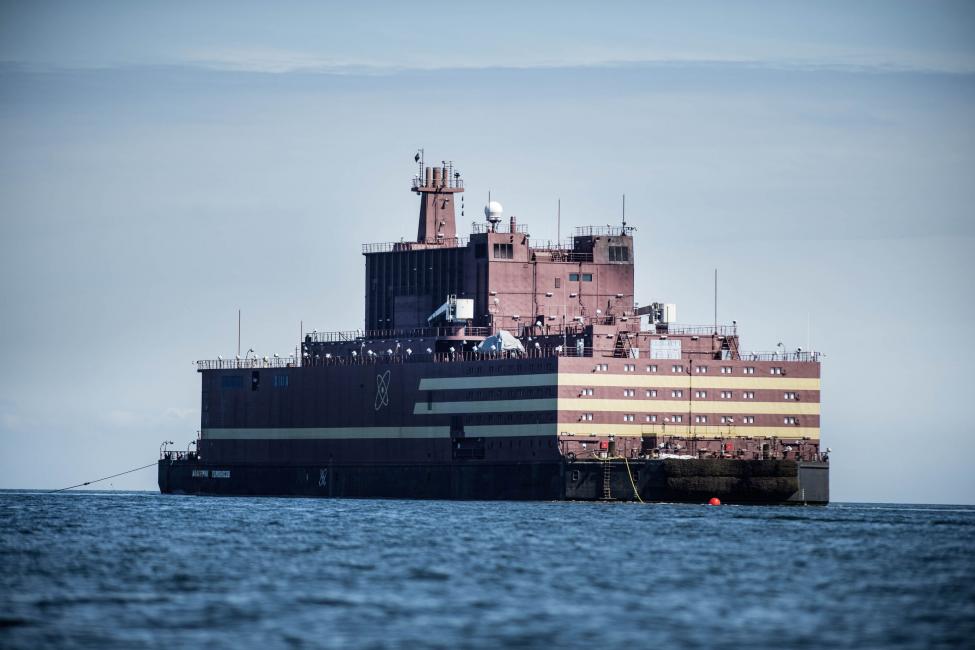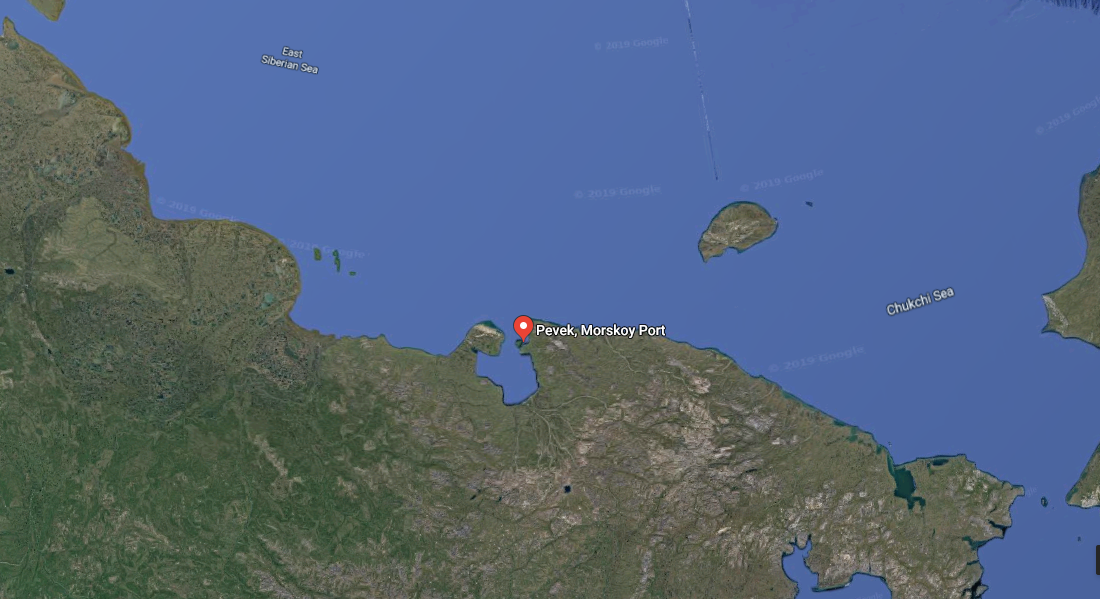Main Menu
Updates
-
Update: December 22, 2025
No Book Reviews....more - Important Updates
- Previous Updates
- Attack Log
Donations
- I accept cryptocurrency & PayPal
Available Books
New World War: Revolutionary Methods for Political Control
Dedication & Thanks
Volume I: Current Political Situation
- Overview
- Introduction
- Revolution in Warfare
- The Other World
- Dictatorship Creation
- The Groups Facilitating the Revolution
- Their Goal is Neo-Feudalism
- Problem-Reaction-Solution
- Volume I Commentary
Volume II: The New War
- The New War
- The New Enemy
- Initiatives to Remove Civil Liberties
- The Investigation
- Surveillance Technology and Methods
- Mind-Reading
- Volume II Commentary
Volume III: Weapons of The New War
- Introduction to Nonlethal Weapons
- Psychological Operations
- Introduction to Directed-Energy Weapons
- High-Powered Microwaves
- High-Powered Lasers
- Sonic Weapons
- Computer Network Operations
- Microwave Hearing
- Silent Subliminals
- Use of Citizen Informants
- Chemical and Biological
- Weather Warfare
- Miscellaneous Weapons and Tactics
- Volume III Commentary
Volume IV: The Coverup
- Volume IV Introduction
- Schizophrenia Spectrum Disorders
- Control of the Medical Industry
- Another Look at Schizophrenia
- Political Considerations
- Punitive Psychiatry in Communist Russia
- Coverup Initiatives
- Volume IV Commentary
- Conclusion
Appendix
- A Brief History of PsyOp
- Small-Scale Wars
- Nongovernmental Organizations
- Human-Computer Intelligence Network
- Electronic Tyranny
- Other Devices Connected to the GIG
- My Experience
- Sources
Other Sites
I've determined that factions of the Russian government, spanning various presidential administrations, have detonated multiple covert nuclear weapons of mass destruction (WMD).
It appears they deliberately poisoned the atmosphere with radiation, & planted nuclear bombs in the Atlantic & Arctic Oceans.
At least one of their strikes was unsuccessful because it was countered by brave people in the Russian military who were not complicit in the nefarious plot.
The Russian government is not alone in its calculated nuclear attacks against people & the environment. Other governments are participating in this ecocidal/terraforming scheme that is directed by a network of wealthy criminals who have tremendous contempt for this planet.
I interpret news of environmental disasters through the lens of someone who has studied state-hosted environmental attacks.
When a major environmental disaster happens I postulate that it was staged when I detect at least several of the following clues in media reports:
- allowing a facility (weapon of mass destruction) to built with severe design flaws
- ignoring early warning signs & standard operating procedures
- slow & incompetent response to the crisis
- flimsy remediation attempts to stop the disaster
- refusing aid from supporting nations
- not alerting affected ones until the incident reaches hazardous proportions
- denial that the disaster occurred
- lies told to the public, affected ones, & media
- sham cleanup
These situational factors are fabricated in combination to amplify the destruction, wreak as much damage to the environment as possible, & increase the sickness & death toll.
Here is a brief history of some suspicious nuclear accidents that have devastated Russia.
On September 29, 1957 a buried nuclear waste tank exploded at the Mayak plutonium-processing plant near Kyshtym, Chelyabinsk Oblast, in the USSR. The toxic plume covered an area 20,000 square miles, affecting 270,000 people with long-lasting Cesium-137 & Strontium-90. Known as the Kyshtym Disaster, it was a Class 6 incident on the International Nuclear Event Scale (INES), less potent than the Fukushima & Chernobyl disasters that were an INES class 7. Wikipedia observed: "the populations of affected areas were not initially informed of the accident." The affected people were told lies by the Russian government, that did not publicly acknowledge the disaster until 1989. The radioactive plume drifted hundreds of miles northeast contaminating areas that were occupied by hundreds of thousands of people. In a report from Stanford University, we find: "Farmers and peasants in the surrounding areas noticed unusual colors in the sky. Since the entire facility was shrouded in secrecy by the government, regional and national news outlets wrote about exceptional polar lights filling the sky. However, in the months and years that followed, surrounded villages began to experience contamination sickness symptoms." Although some people were evacuated after a week, it was nearly 2 years before other sites were evacuated. "Authorities were slow to order evacuation," noted Encyclopedia Britannica.
Between 1949 & 1956 over 20 billion gallons of radioactive waste from the Mayak plutonium facility was dumped into the Techa River without informing the the 40 villages consisting of 28,000 people who used the river for sustenance. Slate Magazine observed: "The men running the plant didn’t tell anyone about this decision. The 28,000 Russian, Bashkir, and Tatar farmers living on the river—drinking, cooking, and bathing with river water—had no idea." This region is now stricken with high levels of birth defects, cancers, & chromosomal abnormalities. National Geographic expressed in December of 2010: "Russian nuclear facilities accidentally—and intentionally—filled the Techa River with radioactive waste and turned the region into one of the world's worst toxic dumping grounds."
It appears the nuclear disaster that happened on April 26, 1986 at the Chernobyl Nuclear Power Plant, near the city of Pripyat in the USSR, was not an accident. Officially, the mishap occurred because of a malfunction during routine test. Here is what the History Channel had to say about this: "As part of their poorly designed experiment, the engineers disconnected the reactor’s emergency safety systems and its power-regulating system. Next, they compounded this recklessness with a series of mistakes..." Immediately after the "accident" the Russian government denied that it had occurred. It was only when the Swedish government told them they were about to file an alert with the IAEA that the Soviets finally admitted there was a meltdown.

The government's method of handling the disaster consisted of total lies according to the LA Times. "The nearby city of Pripyat was not immediately evacuated. The townspeople, in the early hours of the morning ... went about their usual business, completely oblivious to what had just happened. However, within a few hours of the explosion, dozens of people fell ill," says Wikipedia. The radiation consisting of Cesium-137, Cesium-134, & Iodine-131 that escaped into the atmosphere was the equivalent of 500 Hiroshima nuclear bombs. It covered Northern & Eastern Europe, Ukraine, & Western Russia. Millions of acres of forest & farmland were contaminated.
In late September of 2017 a mysterious release of Ruthenium-106 irradiated Europe. French & German authorities traced this to the Mayak nuclear facility in the Southern Urals region of Russia. At first the Russian government & Russian State Atomic Energy Corporation (ROSATOM) lied about the incident.
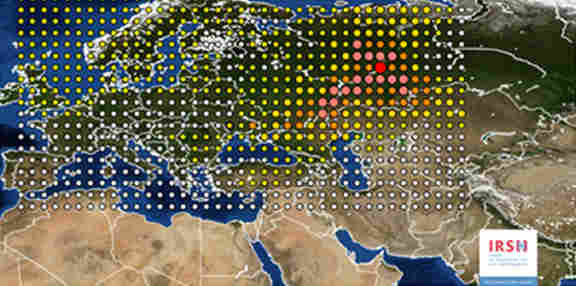
The New York Times observed: "For weeks, Russian officials had denied the French and German accusations. ... The authorities at Mayak denied ... that the plant had contributed to the increased levels of Ruthenium-106 and insisted that there was no threat to human beings." In its November 2017 report, Nuclear 'Accident' Sends Radioactive Pollution Over Europe, The Telegraph noted: "Measurement from European stations showed high levels of Ruthenium-106 in the atmosphere of the majority of European countries... " By their use of the term "accident" The Telegraph may have been hinting this was no mistake.
On August 08, 2019 radiation was released at the Nenoks weapons testing at a facility in the northwestern Arkhangelsk region of Russia. The Russian Ministry of Defense minimized the danger by telling residents that the radiation levels were normal. Most unfortunately, two days after the disaster some radiation monitoring stations that would have pinpointed the level & type of radiation "coincidently" shut down.
It was noted by The Guardian in August 2019: "The data could have given additional information on the amount and kind of nuclear materials being used in the Russian military tests, indicating the level of danger to local residents and the nature of the Russian testing, including whether a small nuclear reactor was involved." The Russian government handled the incident with "misleading reports" & "lethal delays" according to The New York Times.
The "accident prone" Russian military has experienced a string of unfortunate nuclear submarine incidents going back to the 1970s. These submarines with nuclear reactors & warheads are essentially nuclear bombs resting on the ocean floor that can be detonated any time.
In April of 1970 the K-8 nuclear submarine sank in the Bay of Biscay, between France & Spain, in the Atlantic Ocean. Its two nuclear reactors & four torpedoes with nuclear warheads make it a nuclear weapon at the bottom of the ocean.
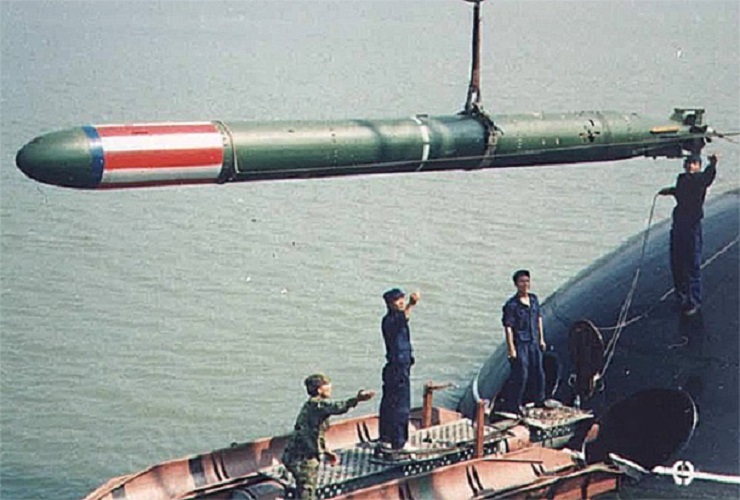
On April 07, 1989, the Russian submarine K-278 Komsomolets sank in the Norwegian Sea in the Arctic Ocean. The submarine, that was powered by a nuclear reactor, carried two torpedoes with plutonium nuclear warheads. This is another nuclear bomb resting on the sea floor, that according to NewsWeek, is emitting high levels of radiation.
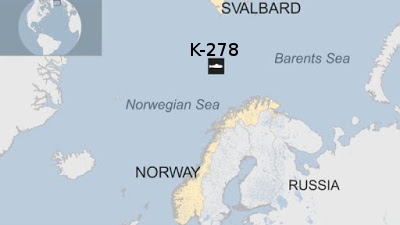
On August 12, 2000 the Russian nuclear-powered submarine Kursk sank to the bottom of the Barents Sea in the Arctic Ocean. The submarine with both nuclear reactors was eventually lifted. Regarding this incident, in August of 2000 The New York Times stated: "Russia's record in nuclear safety has also been troubling, with some areas of the Barents Sea contaminated with radiation from discarded nuclear reactors." The New York Times also reported in August 2019: "In the past, Russia’s navy has been slow in acknowledging the gravity of emergencies, the scale of human loss or the environmental threat. ... The navy issued misleading statements about the accident..." The Russian government's response to this "accident" was described in Wikipedia: "[For] over four days, the Russian Navy failed to attach four different diving bells and submersibles to the escape hatch. Its response was criticized as slow and inept. Officials misled and manipulated the public and news media, as they refused help from other governments."
More recently, on July 02, 2019 a fire broke out on the AS-12 Losharik, a deep-sea Russian nuclear mini-sub, on Russia's Arctic coast. A top Russian naval officer announced that there would have been a "planetary catastrophe" if it weren't for the 14 heroic sailors who gave their lives to prevent the fire from causing a nuclear meltdown. This appears to have been another state-hosted clandestine nuclear attack that was thwarted.
Those concerned about the environment may want to keep an eye on the floating nuclear power plant (FNPP) Akademik Lomonosov that is on its way to the Arctic port of Pevek in Northeast Russia. The FNPP, that is a equipped with two KLT-40S uranium nuclear reactors, was described by NewsWeek as "an environmental disaster of unprecedented proportions waiting to happen."
